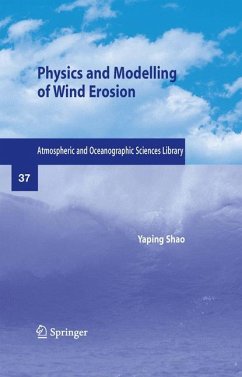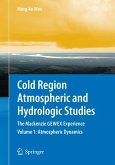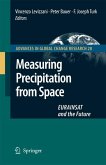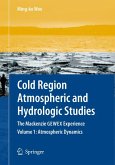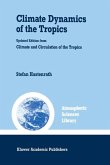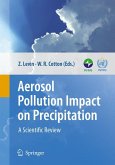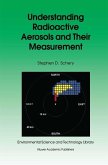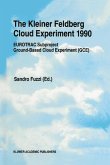This book provides a comprehensive summary of the recent developments in wind erosion research and a clear outline of its future directions. The physics of wind erosion, from particle entrainment to transport and deposition, is described with rigor from the viewpoints of fluid dynamics and soil physics. The techniques for quantitative wind- erosion prediction through computational modelling constitutes a unique feature of this book in contrast to others published in the same field. The author has advocated the development of integrated wind-erosion modelling systems which couple dynamic models for the atmosphere and land surface with spatially distributed data for land-surface conditions. The successful applications of such a system have demonstrated its usefulness in wind-erosion assessment and prediction on regional to continental scales.
The book offers a valuable reference point for researchers and postgraduate students engaged in wind-erosion related studies, ranging from global climate change to atmospheric aerosols, dust storms, air quality, and land conservation.
This second edition has been expanded and updated throughout. It includes new information regarding mineral dust, a major focal point of studies on climate change in recent years as well as lidar information. It features some simplified sections to be more readily accessible by readers.
Dieser Download kann aus rechtlichen Gründen nur mit Rechnungsadresse in A, B, BG, CY, CZ, D, DK, EW, E, FIN, F, GR, HR, H, IRL, I, LT, L, LR, M, NL, PL, P, R, S, SLO, SK ausgeliefert werden.

